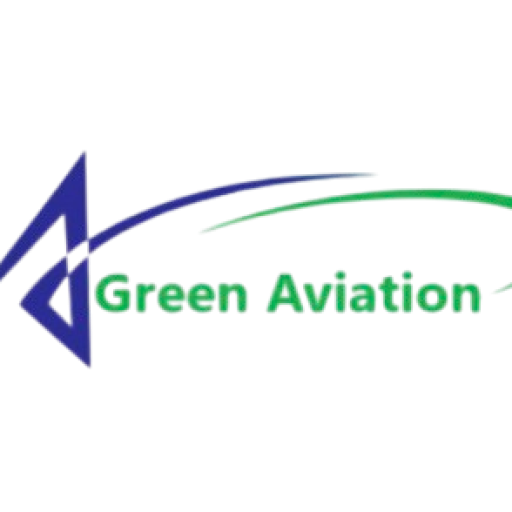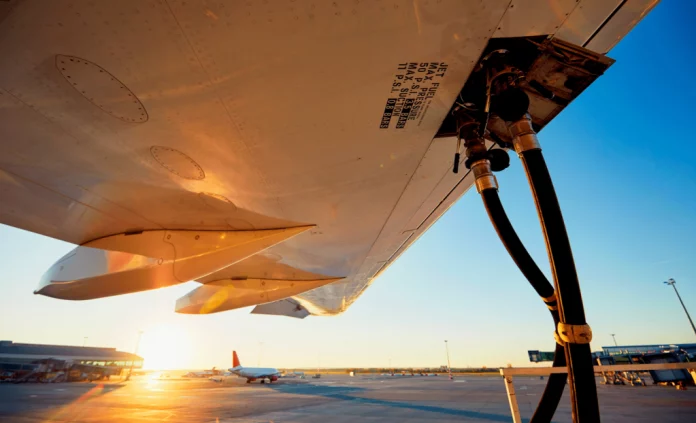Authors: Fatima Usman Madugu, Amanda R. Lea-Langton
Publication Date: 30 July 2024
Category: SAF
Article Link: https://link.springer.com/chapter/10.1007/978-3-031-58086-4_10
DOI: https://doi.org/10.1007/978-3-031-58086-4_10
Abstract (Official): The aviation industry is a major contributor to global warming, emitting 5% of the world’s greenhouse gases (GHG) and 22% of transport sector CO2 emissions every year (Müller-Casseres et al., 2022). To reduce the environmental impact, researchers are investigating sustainable alternatives to fossil fuels that can be used with existing infrastructure. Compared with other forms of high-volume transportation such as trains and shipping, aviation has more stringent constraints due to fuel volume, fuel weight and safety requirements. Some of the potential fuel solutions that are being considered include biofuels, e-fuels, hydrogen and ammonia. These fuels can potentially be produced from renewable sources such as renewable electricity, wastes, and biomass. However, each of these fuels has its advantages and disadvantages in terms of net GHG emissions, resource availability, cost, efficiency, lifecycle emissions and compatibility with current aircraft engines. According to a report by the Royal Society, 2022, producing sustainable aviation fuels to supply the UK’s ‘net zero’ ambitions would require enormous quantities of UK agricultural land or renewable electricity to keep flying at today’s levels. For example, using biofuels made from energy crops would need around half of UK agricultural land, which could adversely affect food security and biodiversity. On the other hand, producing enough green hydrogen or ammonia would require 2.4–3.4 times the UK’s 2020 renewable electricity generation, which could compete with other sectors that also need clean energy (Royal Society, 2023c). Synthetic fuels, which are made by capturing carbon dioxide from the air and combining it with hydrogen, would require five to eight times the UK’s 2020 renewable electricity generation (Royal Society, 2023a). This Chapter evaluates the options available and analyses the challenges that are presented by switching to lower carbon fuels. The work evaluates the challenges of resource availability and sustainable fuels opportunities in terms of their technical feasibility, economic viability, environmental performance, and infrastructure requirements. Finally, the key research gaps are identified that need to be addressed to accelerate their development and deployment.
GAT Editor’s Comments:
– Many challenges need to be addressed before the widespread adoption of SAFs
– Key research gaps include: resource availability, technical feasibility, economic viability, environmental performance, and infrastructure requirements


